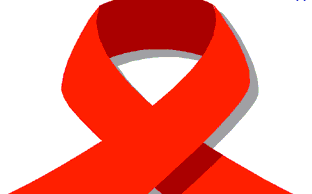“The FDA Approves Truvada for PrEP” is a terribly jargon laden phrase that just might mark a turning point in the 30 year fight against HIV/AIDS. Here’s what that means and why yesterday’s news is so potentially significant.
“PreEP” is shorthand for “Pre-exposure Prophylaxis.” Truvada is a widely used anti-retroviral medicine for people living with HIV. “Truvada for PrEP” means a drug used to treat people living with HIV can now be used to prevent people from acquiring HIV in the first place.
This is a big deal. And yesterday, the Food and Drug Administration offered its seal of approval: American doctors can now prescribe Truvada as a prophylactic for HIV negative people. It can be part of a suite of preventative tools (like using a condom and getting circumcised) to slow or reverse the spread of HIV.
FDA approval for Truvada comes several months after a series of studies tested couples in which one partner was HIV positive and the other HIV negative. When the negative partner took the once-a-day pill, his chances of contracting the virus dropped significantly. This was true for both heterosexual and same-sex partners.
Despite the potential of this medicine (there are also risks) to help prevent HIV transmission, it may take some time before the potential of Truvada is realized in areas of the globe hardest hit by HIV/AIDS.
This is mostly because it is astronomically expensive–well over $10,000/year. This prices it out of the health budgets in most of the developing world. However, it is not unreasonable to think that over time the price of Truvada will go down. In 2000, the standard HIV treatment drug regime cost over $10,000/year but 1o years later fell to under $100/year. As the prices decreased and access to these medicines increased, the rate of AIDS deaths plummeted around the world.
That may be some time off, but if Truvada follows a similar path toward price reduction, it could be a hugely important part of the global HIV prevention mix.
